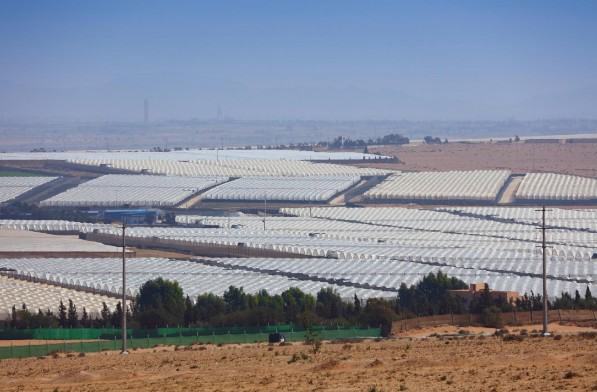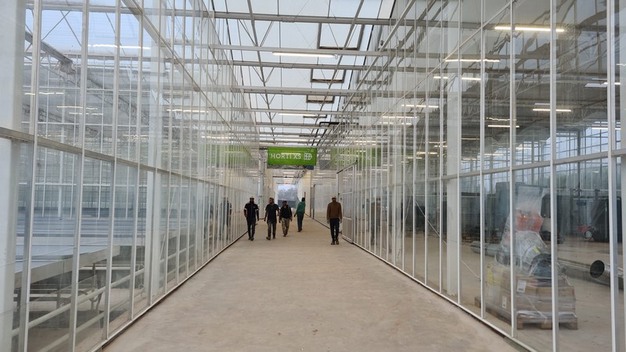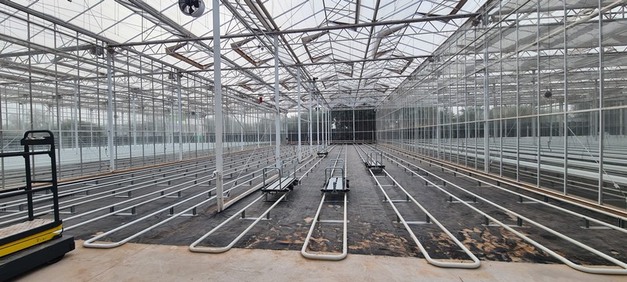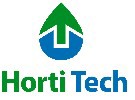Moroccan tomatoes are becoming increasingly popular in the European Union. For the first time last year, Morocco overtook Spain as the largest tomato supplier in the European Union, with only Netherlands exporting more. What’s next for Morocco?

The Netherlands and Spain have traditionally been the leading tomato exporters to the EU, but over the years, Morocco has been narrowing the gap. The Netherlands remained the largest supplier, but according to a report from Spanish news service Hortoinfo, its sales decreased by 25.22% since 2013. Morocco sold 558.27 million kilos, a 71.33% increase compared to 2013, while Spain sold 513.84 million kilos, a 28.42% reduction since 2013. Despite the decrease in volume, the value of Spanish tomato sales increased by 15.57%.
And there are opportunities for further increase. Last year, the Moroccan Association of Fruit and Vegetable Exporting Producers (APEFEL) has announced its plans to double tomato exports, and up to now, Morocco exported 670,000 tons, an increase of 19% compared with the previous season.
“The demand for Moroccan tomatoes was boosted by the energy prices in Europe, and the labor. With a daily wage of 12 to 14 euros, the cost price of growing in Morocco is significantly lower than in most European countries. Growing in Europe became too expensive for Europe itself”, says Pim van Adrichem with HortiTech. The company is helping to set up a horticultural demonstration center in Agadir, to elevate the level of horticulture in the country.
Technology level
The Moroccan greenhouse acreage surrounding Agadir is approximately 20,000 hectares, but the level of technology applied differs greatly: from a foil cover protecting the crops up to a high-tech foil greenhouse with extensive technical facilities installed. “There are a few huge companies taking care of their export, but in general it is hard for individual growers to export their tomatoes into the European Union and they need a partner to make it a success. More and more often European producer organizations team up with Moroccan growers to secure a stable supply throughout the year.”
Pim explains how currently climate proves to be a challenge for growers, as is the desert sand, which could create some issues with fine sand particles on TOVs. “But the biggest challenge of course is water, as the water level decreases year after year.” The big desalination plant, which was opened last year, literally is just a drop in the ocean, Pim says, as every drop flows back into the earth, since the majority of the plants are grown in open soil. “Making the switch to growing hydroponically would be a great first step”, Pim sees. “Also because it would make sense to invest in their water quality and fertilizers. Paying 0,5 euros for one m3 of water might not seem expensive, but it literally goes down the drain. Recirculation would half the costs.”
In the newly built demo center, the Complex Horticole Agadir, demonstrations, teaching, and research are to take place. This way, the team is hoping to inspire growers in the region to apply these techniques. And according to Pim, growers are willing to look into these options. “The current strategy to expand is to plant more hectares, as the ground is cheap and the government sees more working opportunities. But growers too are willing to look into new techniques. If you show the possibilities of growing hydroponically or recirculation water, they’ll not only take this information by heart but also thank and remember you forever.”


Laraisse Esserghini, director of APEFEL, is assured growers have to make a qualitative leap on their production assets, in particular by modernizing greenhouses. “Most Moroccan producers currently operate a range of Canarian greenhouses, and we are planning to replace them with climate-controlled greenhouses. Improving the global market reach of Moroccan producers is only possible by improving production structures in a sustainable way.” He says it is a huge investment. “But we have the capacity to achieve it if we are supported to invest in more performant greenhouses by the Moroccan government and are reassured by our markets in Europe through an eventual agreement with the European Union."
It might explain why Morocco is passing Spain in the export numbers. “Spanish growers have a strong tradition of growing in a particular way, and tend to stick to their strategies, whereas there’s a strong hunger for knowledge in Morocco.”
This article originates from the Greenhouse Special of our magazine Primeur. Read the complete edition here.
For more information:
Pim van Adrichem
HortiTech
Email: pim@horti-tech.com
Website: www.horti-tech.com
